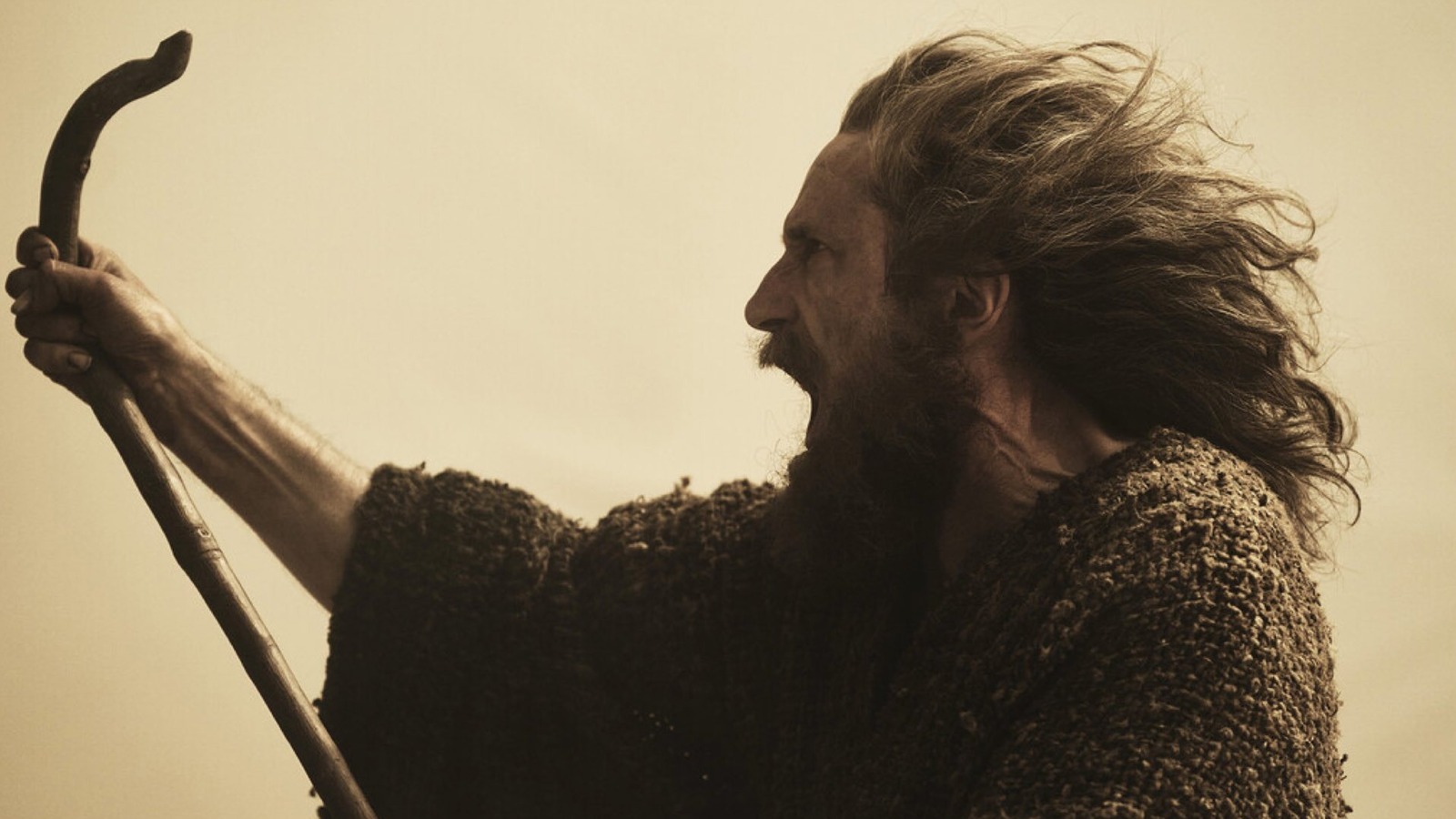Physical Address
304 North Cardinal St.
Dorchester Center, MA 02124
Physical Address
304 North Cardinal St.
Dorchester Center, MA 02124

“The Lord of the Rings: The Rings of Power” Season 2 is in full swing. This new season of J.D. Payne and Patrick McKay’s Middle-earth saga introduces us to the region of Rhûn. The initial episodes manage to streamline the numerous plot lines from Season 1, while focusing on the journey of The Stranger (Daniel Weyman) and the Harfoots Nori and Poppy (Markella Kavenagh and Megan Richards). The trio ventures deep into Rhûn, encountering marauders, magical staffs, and a daunting scarcity of water.
You might be curious about how much of this setting aligns with J.R.R. Tolkien’s original writings. Surprisingly, Tolkien did not provide much detail about Rhûn. This region, though covering a significant part of Middle-earth and populated with nations of humans and some Dwarven enclaves, is scarcely mentioned in his works.
However, the few snippets provided by Tolkien seem to guide the show’s creators as they build upon this lesser-known part of Middle-earth. Let’s delve into what Tolkien did mention about Rhûn and assess how it reflects in the “Rings of Power” series.
One notable connection of Rhûn to Tolkien’s lore is its proximity to the regions where Men and Elves first “awaken.” The Elves migrate westward towards the Undying Lands, followed much later by Men at a more sporadic pace. According to “The Peoples of Middle-earth,” many of these early Men lived by the Sea of Rhûn. Over time, as they migrated and their languages diverged, those who remained in Rhûn formed distinct human tribes and distant Dwarven groups.
The depiction of Rhûn as a desert is contentious. Tolkien’s map of the area is largely blank. In a 1966 interview, Tolkien described Rhûn broadly as “the Elvish word for ‘east’,” which included lands far away like Asia, China, and Japan. This could imply that parts of Rhûn might be desert-like. In “The Hobbit,” Bilbo mentions trying to “walk from here to the East of East and fight the wild Were-worms in the Last Desert.”
However, Tolkien’s map also displays mountains, forests, and the Sea of Rhûn, indicating diverse landscapes supporting various human tribes and civilizations. Mentioned in “The Hobbit,” wines from the Rhûnic region of Dorwinion suggest agricultural development. Furthermore, “The Return of the King” mentions wild white kine, cows living near the Sea of Rhûn.
Easterlings, tribes of Men living in the East, are a key element of Rhûn. Unlike the Edain, who move westward and largely settle in Númenor, many Easterlings fall under the influence of Morgoth and later Sauron. “The Silmarillion” details their involvement in early wars, often betraying the Elves and Edain. In the Second Age, “most of [the men] turned to evil, for Sauron was at work.”
Tolkien describes these Easterlings as numerous and formidable in war, building cities and fortifications under Sauron’s dominion. “The Peoples of Middle-earth” further states that Sauron urged these tribes to seek land and loot in the West, leading to long-standing conflict between East and West. Easterlings frequently appear as adversaries in Sauron’s armies during “The Lord of the Rings.”
The presence of Wizards in Rhûn is logical in “The Rings of Power.” Notably, Rhûn is the destination for two Blue Wizards, Alatar and Pallando, who travel East with Saruman but do not return. Tolkien’s texts, specifically “Unfinished Tales” and “The Peoples of Middle-earth,” offer limited information about these Wizards. Initially, Tolkien suggested they turned evil and led secret cults, but later revised this, hinting they might have resisted Sauron in the East.
In the series so far, it’s unclear if the Wizards in Rhûn are these Blue Wizards or other known figures like Saruman and Gandalf. Regardless, the characterization of one Wizard being good and the other evil aligns with Tolkien’s varying accounts.
Though Rhûn is sparsely covered in Tolkien’s canon, there is enough lore for “The Rings of Power” to build an engaging storyline. Fans will eagerly watch to see how the show navigates and expands this enigmatic region of Middle-earth.
Source: Looper



